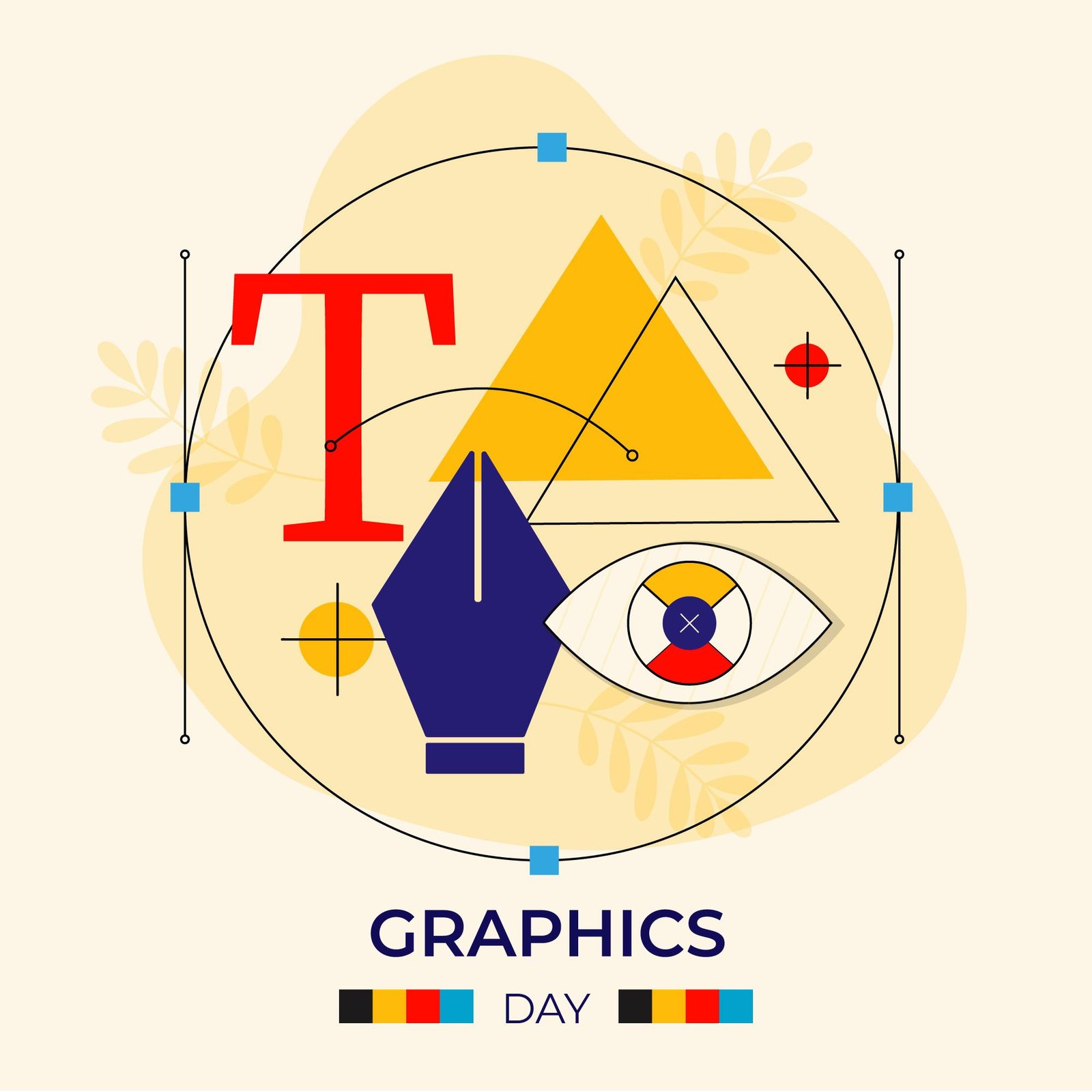Graphic Design Basic
History Of Design
Graphic design is more than just a visual art; it’s a powerful language that speaks directly to the human soul.

Many of us might not fully grasp the depth of its journey or the impact it has on our daily lives, but in essence, graphic design is the art of visual communication. It transforms complex ideas into accessible, relatable visuals, allowing audiences to connect emotionally and intellectually with the content.
When design effectively communicates a message, it transcends mere aesthetics and becomes a bridge between the creator and the audience. The best designs are often the simplest, not because they lack detail, but because they distill complex concepts into clear, relatable, and emotionally resonant experiences. A good design doesn’t just present information; it tells a story that the audience can understand and feel.
The History of Graphic Design: From Its Beginnings to Modern Times
The story of graphic design is a fascinating journey that spans centuries. From the earliest cave paintings, where humans first began to use visuals to communicate, to the intricate manuscripts of the Middle Ages, where design became a tool for education and religion, graphic design has always been about more than just decoration. It has been a means of expressing ideas, values, and beliefs.
The invention of the printing press in the 15th century marked a revolutionary shift, making design more accessible and widespread. Suddenly, the power of design was not limited to the elite; it was a tool for the masses. This democratization of design paved the way for the modern graphic design we know today.
As we moved into the 20th century, graphic design evolved rapidly with the advent of new technologies and cultural movements. The Bauhaus movement, for example, redefined design by emphasizing function over form and introducing the idea that design should serve the needs of society.
Today, in our digital age, graphic design continues to evolve, shaped by advances in technology and changes in how we communicate. It’s no longer confined to print; it’s everywhere—from the apps on our phones to the websites we visit and the advertisements we see.
Graphic design has become an integral part of our daily lives, influencing our decisions, shaping our experiences, and connecting us to the world around us. Its history is not just a story of art and aesthetics; it’s a story of human connection, innovation, and the ever-evolving ways we express ourselves.